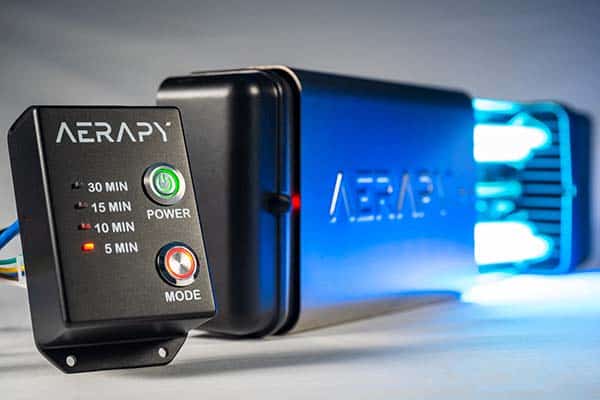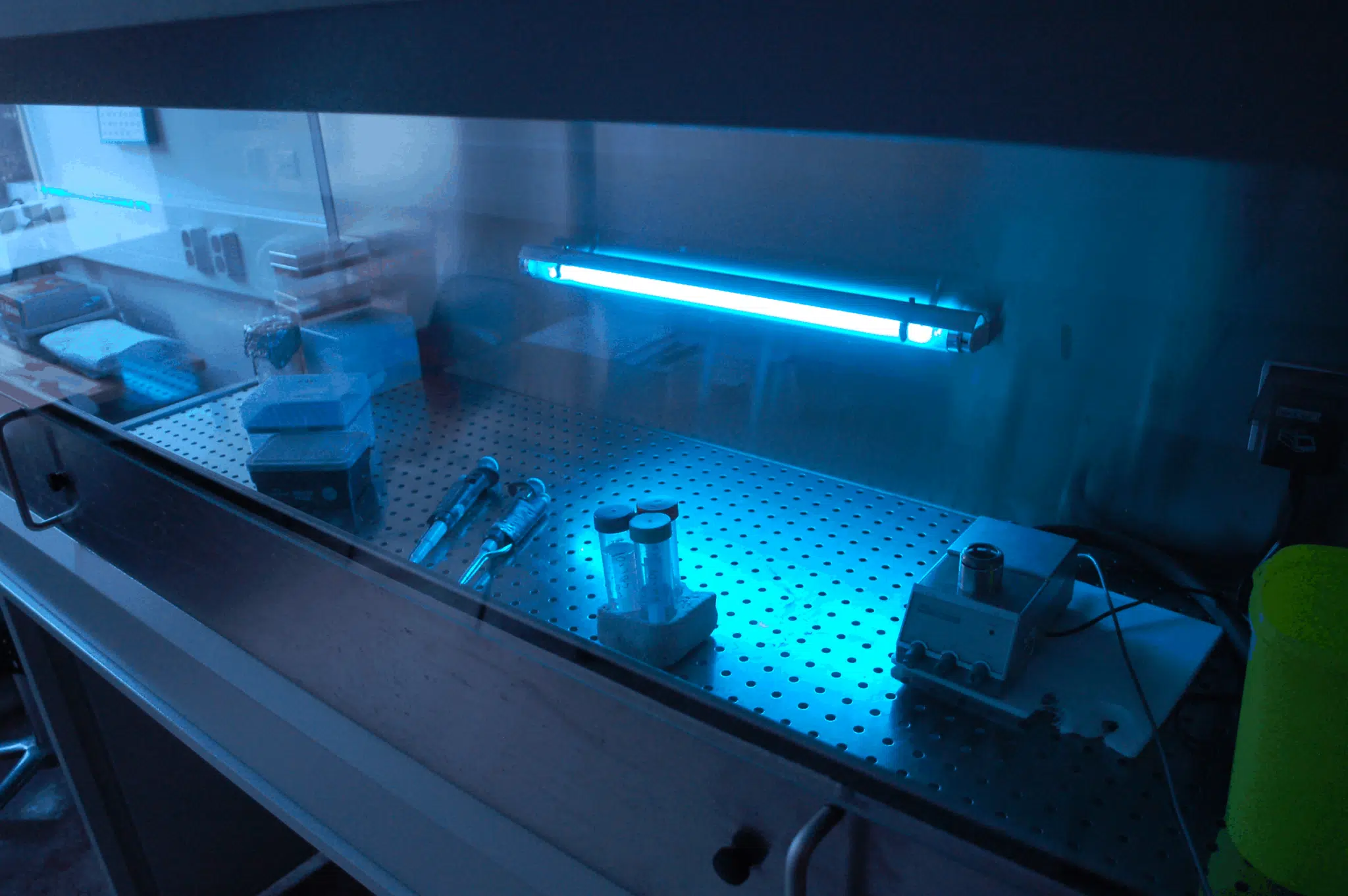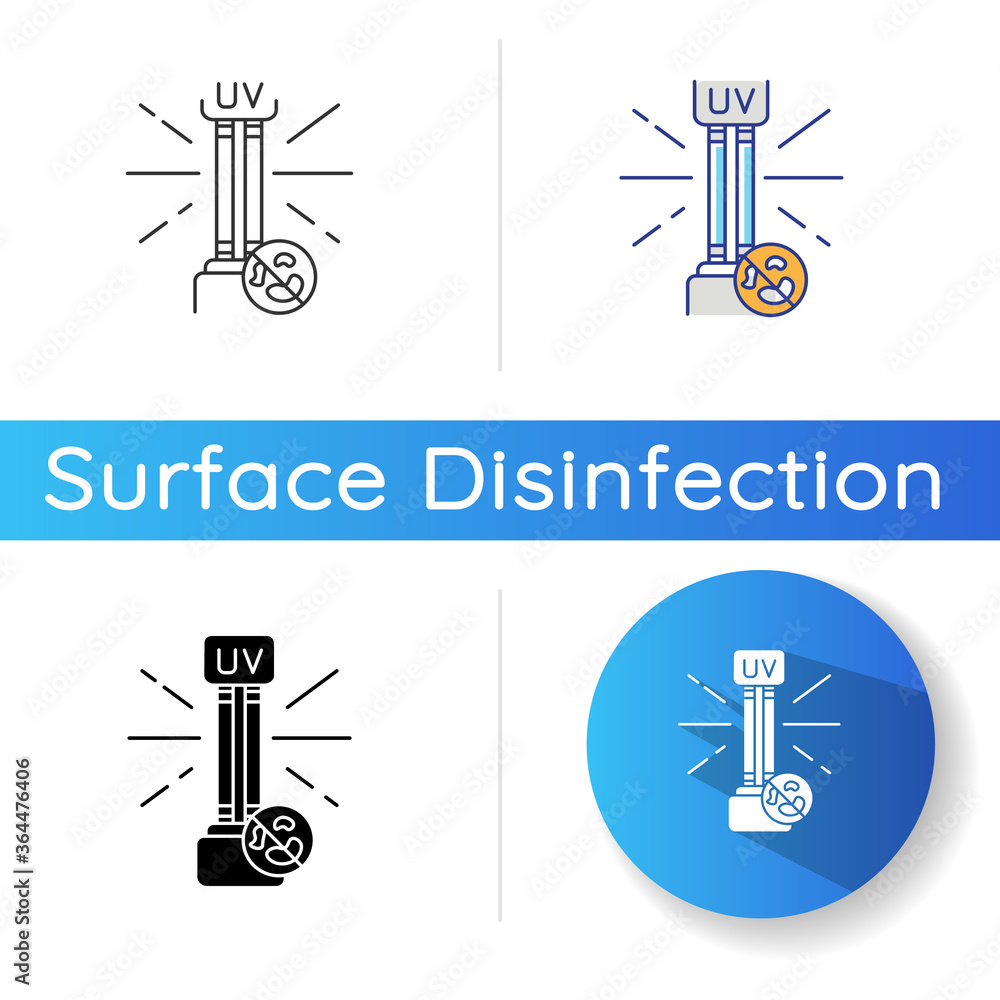UV Surface Disinfection Techniques: Maximizing Effectiveness for Germ-Free Spaces
UV Surface Disinfection Techniques: Maximizing Effectiveness for Germ-Free Spaces
Blog Article
Checking Out UV Sanitation: A Crucial Device in the Fight Against Damaging Microorganisms
As the world faces an ever-increasing threat from unsafe pathogens, the look for reliable techniques of disinfection has actually come to be an urgent priority. While standard cleaning methods have actually revealed some success, there is a growing acknowledgment that we require to explore ingenious techniques to deal with these unnoticeable opponents. One such technique that has amassed significant attention is UV sanitation. Utilizing the power of ultraviolet light, this technology has actually shown encouraging cause removing a large range of microorganisms. But exactly how does it work? What are the benefits? And where can it be used? In this discussion, we will certainly look into the world of UV sanitation, uncovering its possible as an essential tool in the battle against unsafe virus.
Just How Does UV Sanitation Work?
UV disinfection works by making use of ultraviolet (UV) light to remove harmful pathogens and prevent their spread. This highly efficient technique includes making use of UV radiation to interrupt the DNA and RNA of microbes, providing them incapable to reproduce and triggering their best destruction.
When UV light is used for sanitation, it is typically sent out from a light or light bulb that generates a details wavelength of UV-C light. uv surface disinfection. This wavelength, varying from 200 to 280 nanometers, is particularly effective at penetrating the external cell wall of germs, viruses, and other microorganisms. Once inside the cell, the UV radiation targets and harms the genetic product, protecting against the microbe from duplicating and triggering infection
UV disinfection systems are developed to emit the suitable intensity and period of UV light to make sure efficient pathogen elimination. The dose of UV light needed for sanitation depends upon aspects such as the sort of microorganism, its resistance to UV radiation, and the specific application. In addition, the system needs to be very carefully engineered to ensure correct direct exposure of the target pathogens and to prevent any potential damage to human beings or the atmosphere.
The Advantages of UV Sanitation
UV sanitation supplies a plethora of benefits in effectively removing harmful pathogens and lessening the danger of infection. Among the primary advantages of UV sanitation is its ability to give a chemical-free and eco-friendly solution. Unlike conventional disinfection approaches that rely upon chemicals, UV disinfection uses ultraviolet light to destroy the DNA and RNA of microorganisms, rendering them not able to duplicate and trigger infections. This chemical-free strategy makes sure that no damaging deposits are left behind, getting rid of any kind of prospective wellness risks connected with chemical anti-bacterials.
One more considerable advantage of UV sanitation is its performance in killing a vast array of pathogens. UV light has been verified to effectively get rid of germs, viruses, fungis, and protozoa, consisting of those that are resistant to conventional disinfectants. This broad-spectrum efficiency makes UV disinfection a flexible device in various settings, such as health care facilities, water treatment plants, and food processing markets.
Along with its efficiency, UV sanitation likewise uses fast disinfection cycles. Unlike other methods that require extensive get in touch with times or repeated applications, UV disinfection can achieve substantial virus decrease in an issue of secs. This efficient and fast procedure permits improved performance, minimized downtime, and boosted general operational effectiveness.
Moreover, UV sanitation is a non-contact technique, which means that it you could try this out does not call for direct physical contact with the surfaces or things being decontaminated. This attribute makes it appropriate for use on fragile tools and delicate materials that may be damaged or influenced by various other sanitation methods.
Applications of UV Sanitation in Medical Care

UV disinfection is likewise utilized in the sanitation of clinical devices and instruments. Furthermore, UV sanitation is made use of in water therapy systems within medical care centers.
Moreover, UV disinfection innovation is used in the sanitation of health care uniforms and personal safety devices (PPE) By making use of UV light, medical care specialists can make sure that their uniforms and PPE are without microorganisms, protecting against the transmission of infections in between individuals and healthcare employees.
UV Disinfection in Public Spaces
Public spaces are increasingly implementing UV disinfection modern technology as a vital action to combat the spread of dangerous microorganisms. With the ongoing global pandemic and the constant danger of infectious diseases, the requirement for effective disinfection approaches in public areas has actually ended up being critical. UV sanitation supplies a dependable and effective service in this regard.

UV disinfection systems utilize ultraviolet light to shut off the DNA and RNA of bacteria, infections, and various other pathogens. This procedure disrupts their ability to replicate and render them safe. These systems can be set up in different public areas, consisting of HVAC systems, escalators, lifts, and surface area sanitation robots. Using UV disinfection modern technology in public spaces not just assists in lowering the threat of infection however likewise instills self-confidence amongst the public concerning their safety.
As public areas proceed to adjust to the difficulties postured by infectious conditions, UV disinfection innovation plays an essential duty in guaranteeing a tidy and secure environment. By my explanation applying such measures, public rooms can effectively reduce the spread of unsafe microorganisms and add to the general wellness of the area.
The Future of UV Sanitation Modern Technology
As the demand for enhanced sanitation methods proceeds to expand in response to the continuous global pandemic and the continuous threat of contagious illness, the future of UV disinfection modern technology holds appealing developments in making certain much more reliable and effective virus obliteration in different setups.

One area of development is the development of more compact and portable UV sanitation gadgets. In addition, innovations in automation and robotics are being discovered to boost the efficiency and performance of UV sanitation processes.
Another area of expedition is making use of UV sanitation in air filtration systems. By incorporating UV-C lights into a/c systems, air-borne virus can be properly neutralized, decreasing the risk of transmission in indoor environments.
Furthermore, scientists are checking out the usage of UV disinfection in food handling facilities to guarantee the security and quality of food. UV-C light has been found to be effective in getting rid of foodborne microorganisms, supplying a chemical-free alternative to traditional disinfection techniques.
Verdict
In verdict, UV sanitation is an essential device in the battle against damaging microorganisms. With its ability to provide a ecologically friendly and chemical-free approach of sanitation, UV innovation holds excellent possible for the future.
UV sanitation systems are developed to give off the suitable intensity and period of UV light to make sure efficient pathogen removal. The dose of UV light required for disinfection depends on elements such as the type of microbe, its resistance to UV radiation, and the certain application. Unlike conventional disinfection approaches that rely on chemicals, UV sanitation uses ultraviolet light to destroy the DNA and RNA of microbes, making them unable to duplicate and cause infections.In enhancement to its effectiveness, UV disinfection additionally uses rapid sanitation cycles. One of the primary applications of UV disinfection in medical care is in the disinfection of person rooms and operating cinemas.
Report this page